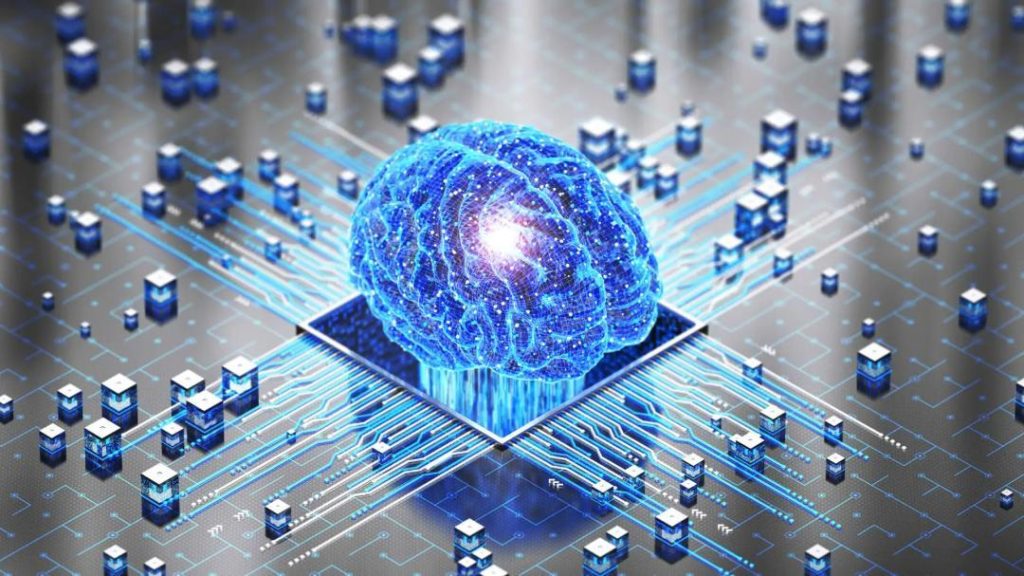
Human Brains Learn Faster than Machine Learning, Study Finds
The age-old debate between human intelligence and artificial intelligence has taken a new turn, with a recent study suggesting that human brains are capable of learning faster and more effectively than machine learning. The study, published in the Cyborg and Bionic Systems journal, compared the learning abilities of a Synthetic Biological Intelligence (SBI) system known as “DishBrain” and “state-of-the-art” reinforcement learning algorithms. The findings, which are believed to be the first of their kind, have significant implications for the development of artificial intelligence and our understanding of human cognition.
The study, conducted by a team of researchers from the University of California, San Diego, aimed to investigate the learning capabilities of DishBrain, a SBI system designed to mimic the human brain’s ability to learn and adapt. The system consists of a network of neurons and synapses that can be trained to perform complex tasks, such as recognizing patterns and making decisions.
To test the learning abilities of DishBrain, the researchers compared it to a state-of-the-art reinforcement learning algorithm, known as Q-learning. Q-learning is a type of machine learning algorithm that is designed to learn from trial and error, by associating actions with rewards or penalties. The algorithm has been used in a wide range of applications, including robotics, finance, and healthcare.
In the study, the researchers presented both DishBrain and the Q-learning algorithm with a series of complex tasks, designed to test their ability to learn and adapt. The tasks included recognizing patterns in visual stimuli, such as shapes and colors, and making decisions based on those patterns.
The results of the study were surprising. DishBrain, the SBI system, was able to learn and adapt much faster than the Q-learning algorithm. In fact, DishBrain was able to learn the tasks in a fraction of the time it took the Q-learning algorithm to learn them.
But what’s even more impressive is that DishBrain was able to learn and adapt in a way that was more similar to human learning. The system was able to recognize patterns and make decisions based on those patterns, just like a human would. In contrast, the Q-learning algorithm relied more on trial and error, making it less effective and less efficient.
So, what does this mean for the development of artificial intelligence? The study suggests that SBI systems, like DishBrain, may be more effective and efficient for certain applications, such as learning and adapting to complex tasks. This could have significant implications for fields such as healthcare, finance, and education, where complex decision-making and learning are critical.
But the study also raises important questions about the nature of human intelligence and how it compares to artificial intelligence. The findings suggest that human brains are capable of learning and adapting in ways that are unique and difficult to replicate with machine learning algorithms.
One possible explanation for this difference is the way that the human brain is able to integrate multiple sources of information and make decisions based on that information. The study suggests that DishBrain, the SBI system, was able to do something similar, by integrating multiple sources of information and making decisions based on that information.
Another possible explanation is the way that the human brain is able to learn and adapt in a more flexible and adaptable way. The study suggests that DishBrain, the SBI system, was able to learn and adapt in a more flexible and adaptable way, allowing it to perform complex tasks more effectively and efficiently.
Overall, the study provides new insights into the nature of human intelligence and how it compares to artificial intelligence. The findings suggest that human brains are capable of learning and adapting in ways that are unique and difficult to replicate with machine learning algorithms. As we continue to develop and improve artificial intelligence, it’s clear that we have much to learn from the human brain.
Source:
https://pubmed.ncbi.nlm.nih.gov/40762022/
Note: The study was published in the Cyborg and Bionic Systems journal and is available online through PubMed.






